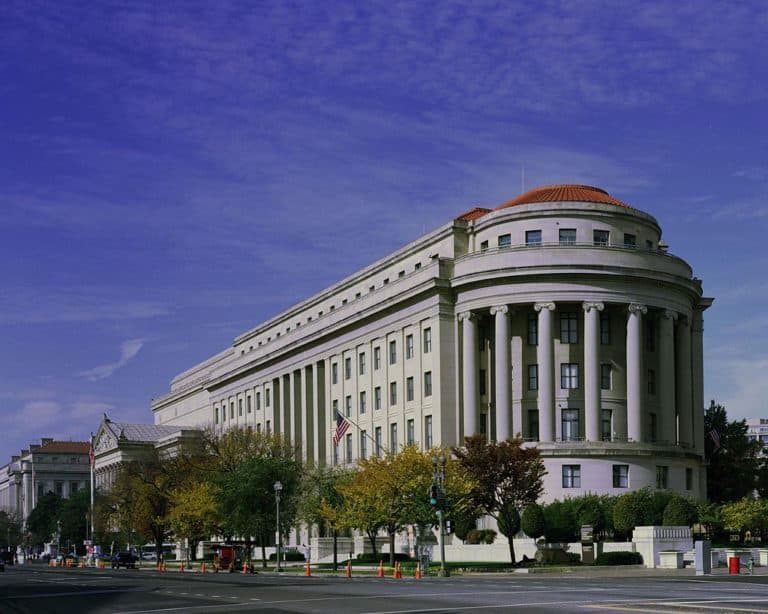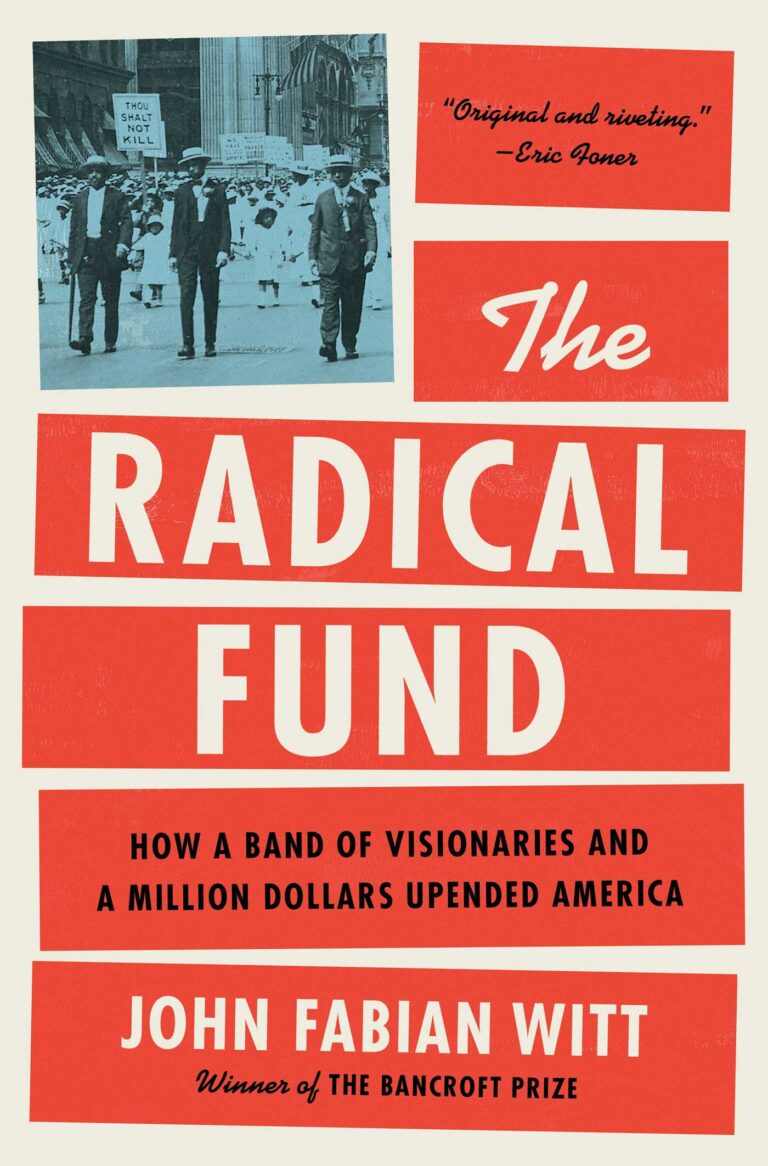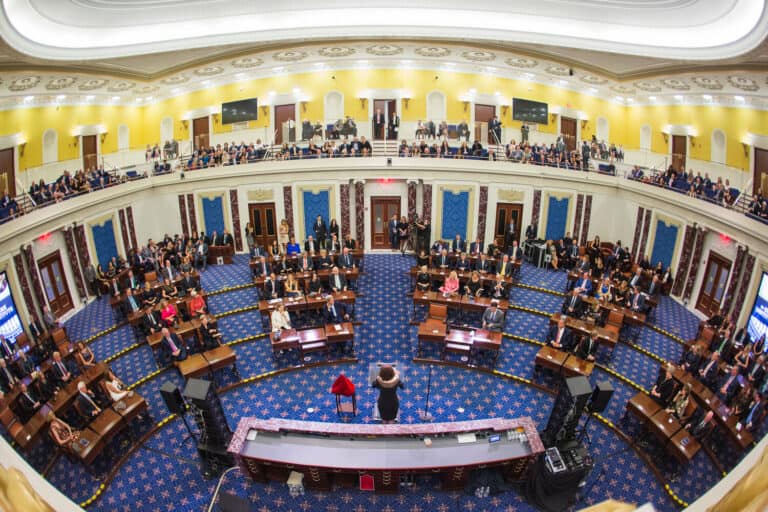
Tascha Shahriari-Parsa is a government lawyer enforcing workers’ rights laws. He clerked on the Supreme Court of California after graduating from Harvard Law School in 2024. His writing on this blog reflects his personal views only.
Recently, an Administrative Law Judge concluded that the long list of Unfair Labor Practices committed by Starbucks made it impossible for employees at a Kansas store to be able to freely choose whether to unionize in a secret ballet election. As a result, the ALJ issued a Gissel bargaining order, certifying the union and ordering Starbucks to begin bargaining. Notably, in the footnotes, the ALJ determined that Starbucks lacked a good-faith doubt as to the union’s majority status, opening the door for the NLRB to implement its long-awaited revival of the Joy Silk doctrine.
The Starbucks Decision and the Gissel Order
On January 31, 2022, less than two months after the first Starbucks union was won in Buffalo, NY, Starbucks CEO Kevin Johnson received a letter signed by 10 out of 18–20 employees in one of its stores in Overland Park, Kansas, protesting “staffing shortages, the cramped space inside the store and inadequate parking.” A few days later, Starbucks Workers United filed a petition with the NLRB to represent the workers at the store, with cards signed by 17 of the 18–20 employees authorizing union representation. A month later, 16 of the store’s employees signed a petition to Starbucks demanding recognition of the Union. Between March 16 and April 6, a mail ballot election was conducted, with 6 employees voting for the union and one voting against. The validity of the election, which largely depends on the eligibility of several workers, continues to be contested by Starbucks.
Meanwhile, as this organizing campaign was underway, Starbucks committed a long list of ULPs, including: illegal terminations of employees for union activity; statements to employees that, were they to unionize, they could be denied raises that were promised to non-union workers; changes in the enforcement of various employer policies after the employer learned of the organizing campaign; refusals to honor work schedules that employees had enjoyed prior to the union effort; and other threats of changes to working conditions. The ALJ inferred that Starbucks had an improper motive for all of these acts, and that they interfered with employees’ rights under the Act and thus violated Sections 8(a)(1), (3) and (5).
In response to these ULPs, the ALJ issued a Gissel order: instead of another election being held, the Union is certified as the employees’ official bargaining representative. The ALJ’s bargaining order comes with a temporary bar to decertification proceedings, which avoids the possibility of “a challenge to the Union’s majority status before the taint of [Starbucks’] previous unlawful withdrawal of recognition has dissipated.” The Board rarely exercises its power to issue a Gissel order, once calling it an “extraordinary remedy”: “[t]he preferred route is to provide traditional remedies for the [ULPs] and to hold an election, once the atmosphere has been cleansed by those remedies.” But as the ALJ found here, traditional remedies may not always be possible to “cleanse” the atmosphere and hold a free and fair election — and by the time the atmosphere has been cleansed, the union’s majority support may have waned. The sparseness of Gissel orders also incentivizes employers to violate the law early, before a union has even reached majority support, ensuring that it will never have the opportunity.
The “Good Faith Doubt” Footnote: A Return to Joy Silk?
Crucially, in a footnote, the ALJ for the Starbucks decision also made a finding that “there is no legitimate issue regarding majority support for the Union,” suggesting that Starbucks did not have a “good faith doubt” as to that majority status. Though this determination was not relevant to the ALJ’s issuance of the Gissel order, the ALJ likely included this determination because it would be relevant to the issuance of a Joy Silk bargaining order, which the General Counsel has asked the Board to consider making. Under the 1949 Board decision of Joy Silk, the Board would order union certification where (1) a proof of majority support for the union could be established through signed membership cards, and (2) the employer has failed to show a “good faith doubt” as to the union’s majority status. Under Joy Silk, the employer had the burden of demonstrating a good faith doubt; in a later decision, the Board in Aaron Brothers shifted the burden to the General Counsel to affirmatively show that the employer was acting in bad faith. But either way, the existence of a ULP was a sufficient (but not necessary) condition of reaching a bad-faith holding.
In opposing the revival of Joy Silk, the U.S. Chamber of Commerce noted that, in Gissel, the Supreme Court “specifically stated that ‘secret ballot elections are generally the most satisfactory — indeed the preferred — method of ascertaining whether a union has majority support.’” But the Chamber of Commerce conveniently omits Gissel’s subsequent sentence: “The acknowledged superiority of the election process, however, does not mean that cards are thereby rendered totally invalid, for, where an employer engages in conduct disruptive of the election process, cards may be the most effective — perhaps the only — way of assuring employee choice.”
Even when the employer has not committed un unfair labor practice, there is reason to believe that cards may be a superior method of ensuring employee free choice. Because of a variety of structural factors, the expected magnitude and effect of any union coercion on the curtailment of employee free choice will be far less than the comparable effect resulting from the employer’s interference. Moreover, given that the law imposes a non-union workplace default on employees that can only be reversed by engagement in an onerous exercise of collective action, Joy Silk represents what Professor Sachs has named an “asymmetry-correcting altering rule” that is more likely to approximate employees’ preferences (and can always be reversed through decertification whenever it doesn’t).
Joy Silk would also bring us into greater conformity with our neighbors up north. Under a large number of Canadian jurisdictions — Quebec, Prince Edward Island, federal Canadian law, British Columbia, New Brunswick, and Manitoba — the Board can order certification without an election, as long as a sufficient number of employees have signed authorization cards. In the first three jurisdictions that number is 50%; in the other three it is, respectively, 55%, 60% and 65%. Because many Canadian jurisdictions have switched back and forth between different majority certification procedures, studies have compared certification success rates under the different procedures, and the difference has been significant, though establishing a causal link is challenging given the variety of other potential factors affecting certification rights that are difficult to control for.
Most importantly, there is nothing in Gissel or in any other Supreme Court opinion that forecloses the Board from issuing a bargaining order after a determination of majority support through cards, including in the absence of a ULP. Joy Silk is entirely within the Board’s power. And it is within the Board’s duty — for it is the only way to truly ensure that the free choices of employees to unionize or not are sufficiently protected.










Daily News & Commentary
Start your day with our roundup of the latest labor developments. See all
November 13
Condé Nast accused of union busting; Supreme Court declines to hear Freedom Foundation’s suit challenging union membership cancellation policies; and AFT-120 proposes a “Safe Sleep Lots” program for families facing homelessness.
November 12
Starbucks and the NLRB face off over a dress code dispute, and mental healthcare workers face a reckoning with AI.
November 11
A proposed federal labor law overhaul, SCOTUS declines to undo a $22 million FLSA verdict, and a railroad worker’s ADA claim goes to jury trial.
November 10
Meta unveils data center ads; partisan government emails blocked by judge; thousands protest in Portugal.
November 9
University of California workers authorize the largest strike in UC history; growing numbers of legislators call for Boeing to negotiate with St. Louis machinists in good faith; and pilots and flight attendants at Spirit Airlines agree to salary reductions.
November 7
A challenge to a federal PLA requirement; a delayed hearing on collective bargaining; and the IRS announces relief from "no tax on tips" reporting requirements.